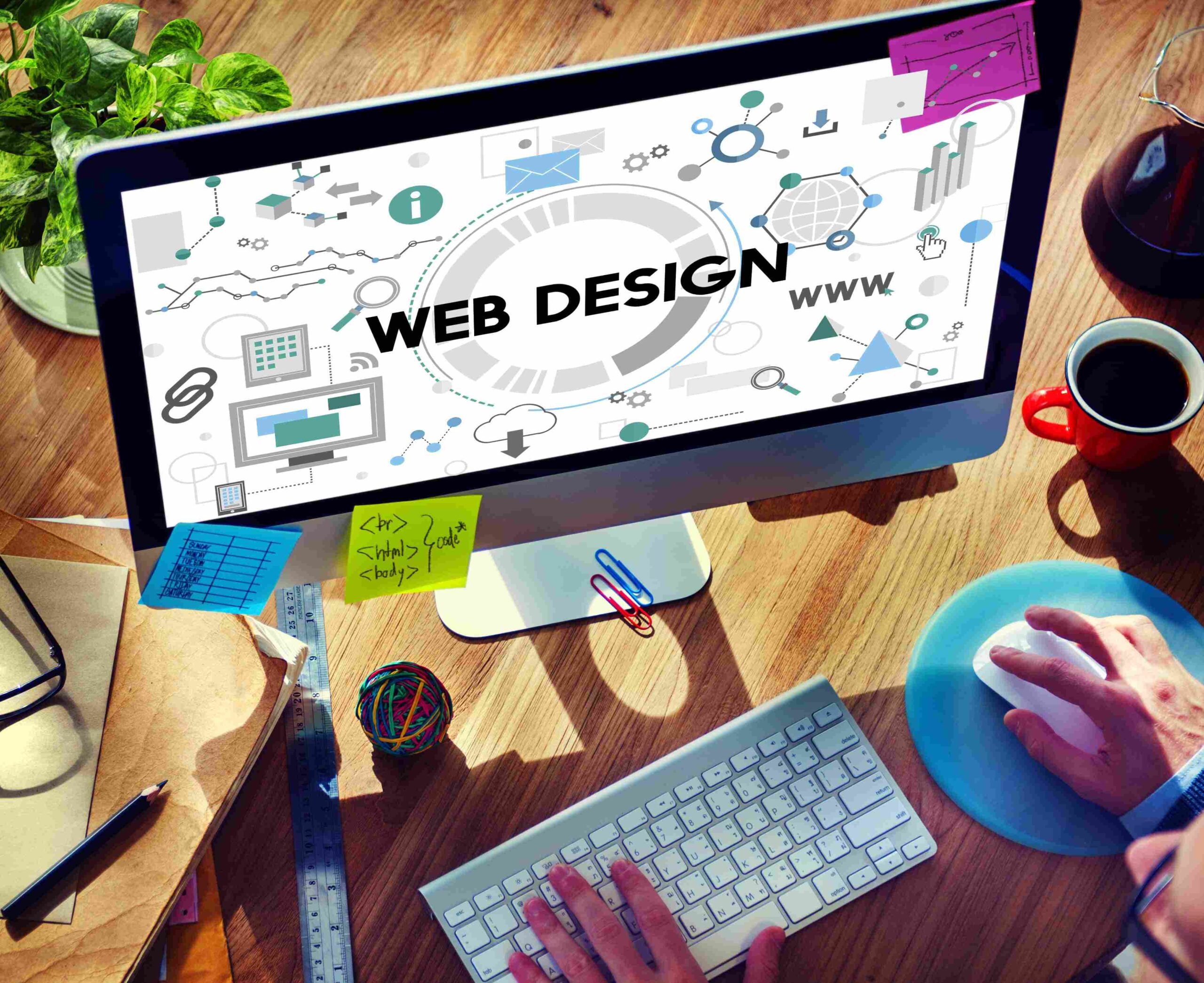Top Website Design Trends Every Business Should Follow in 2025
What Are the Top Website Design Trends in 2025?
Top website design trends in 2025 blend bold visuals with smart tech—think vibrant, block-style layouts, elegant dark mode, and immersive micro‑interactions. Sites are becoming eco-conscious and mobile-first, while experimental navigation and AI-driven personalization elevate user experiences. These trends aren’t just eye-candy—they help brands stand out, engage visitors, and perform better online.
In the ever-evolving digital landscape, website design trends shift with new technology, user behavior, and design innovation. As we step into 2025, businesses must stay ahead of the curve by adapting to the Top Website Design Trends that not only enhance aesthetics but also improve user experience, SEO performance, and conversion rates.
In this guide, we’ll explore the Top Website Design Trends of 2025 and how adopting them can make your business website more engaging, trustworthy, and high-performing.
1. Minimalist, Content-First Layouts
One of the Top Website Design Trends for 2025 is clean, minimal design. Cluttered interfaces are out. Today’s web users want clarity and fast access to content.
Tip: Use whitespace effectively, bold typography, and high-contrast sections to guide the user naturally.
Internal Link: Check out our UI/UX Design Services to help create intuitive and minimal interfaces.
2. Motion UI and Microinteractions
Animations aren’t just for aesthetics anymore. In 2025, subtle microinteractions and motion UIs improve the feedback loop between the user and the website.
From loading bars to animated buttons, these elements make user actions feel natural and engaging.
Internal Link: Want your site to stand out? Explore our HTML and CSS Development Services to implement smooth transitions and animations.
3. AI-Powered Personalization
AI is transforming how websites interact with users. With AI-driven tools, websites in 2025 can now deliver personalized content, product recommendations, and design layouts.
Top Website Design Trends now include smart content that adapts to user behavior in real-time.
Internal Link: Learn how we integrate AI into design through our Laravel Development Services.
4. Voice-Activated Interfaces
The rise of voice search has led to a new frontier in design: voice user interfaces (VUIs). As more users search via smart speakers and voice commands, websites need to be accessible via voice navigation.
Designing for voice doesn’t mean replacing visuals, but it does require planning for multimodal experiences.
5. Dark Mode Optimization
Dark mode isn’t new, but in 2025, it’s become a standard. More websites are offering seamless toggles between light and dark themes.
Why is this one of the Top Website Design Trends? It reduces eye strain, saves battery life on devices, and looks sleek.
6. Inclusive & Accessible Design
Accessibility has moved from a legal necessity to a design priority. In 2025, inclusive design is a central pillar in UX.
Designers now incorporate contrast checkers, readable fonts, keyboard navigation, and ARIA roles to ensure equal access for all users.
Internal Link: Enhance your site’s accessibility with our WordPress Development Services.
7. 3D Visuals and Immersive Graphics
Advanced browsers and faster internet allow for 3D models, parallax scrolling, and interactive elements that create immersive experiences.
These elements are particularly useful in product pages, architecture, fashion, and interior design websites.
Pro Tip: Don’t overdo it. 3D design should support usability, not distract from it.
8. Mobile-First, Always
More than 70% of web traffic comes from mobile. So, it’s no surprise that Top Website Design Trends include mobile-first design with thumb-friendly navigation, fast-loading media, and collapsible menus.
Internal Link: We specialize in mobile-optimized solutions through our HTML and CSS Development Services.
9. Advanced Typography
Typography plays a major role in defining a brand’s voice. In 2025, variable fonts and kinetic typography are trending.
They allow flexibility in presentation, support multiple weights, and animate in engaging ways.
10. Interactive Storytelling
One of the most impactful Top Website Design Trends is storytelling through interactive elements—scroll-triggered animations, clickable infographics, and interactive product demos.
This approach keeps users engaged and improves the chances they’ll explore more of your site.
11. Sustainability in Design
As awareness around digital carbon footprints grows, web designers are shifting toward lightweight sites. Using fewer animations, compressing images, and avoiding unnecessary scripts help reduce energy consumption.
Fun Fact: A faster-loading website is not only eco-friendly but also Google-friendly!
12. Integration of Augmented Reality (AR)
Retail and real estate industries especially benefit from AR features. Users can visualize products in their space directly through the site, enhancing decision-making.
This trend will gain more traction in 2025 and beyond.
Final Thoughts: What This Means for Your Business
Keeping up with the Top Website Design Trends isn’t just about looking modern—it’s about providing your users with a smooth, accessible, and delightful experience.
From incorporating dark mode and voice UI to AI personalization and sustainability, 2025 is all about human-centered, smart design.
Internal Link: Get in touch to transform your site with UI/UX Design Services, WordPress Development Services, Laravel Development Services, and HTML and CSS Development Services.
Frequently Asked Questions (FAQs)
1. What are current web design trends for 2025?
Expect bold block layouts, immersive micro‑interactions, dark mode, and eco-friendly minimalist designs that improve both aesthetics and performance.
2. Why is sustainability important in web design?
Sustainable web design reduces carbon footprint by optimizing images, code, and server efficiency—leading to faster load times and happier users .
3. How do micro‑interactions enhance UX?
Micro‑interactions add small animations—like button hovers or loading indicators—that make browsing feel more intuitive and engaging.
4. Should I use experimental navigation on my site?
It can wow visitors, but only if it stays intuitive. Non-traditional menus (e.g., scroll-triggered or hidden drawers) should feel fun, not frustrating.






